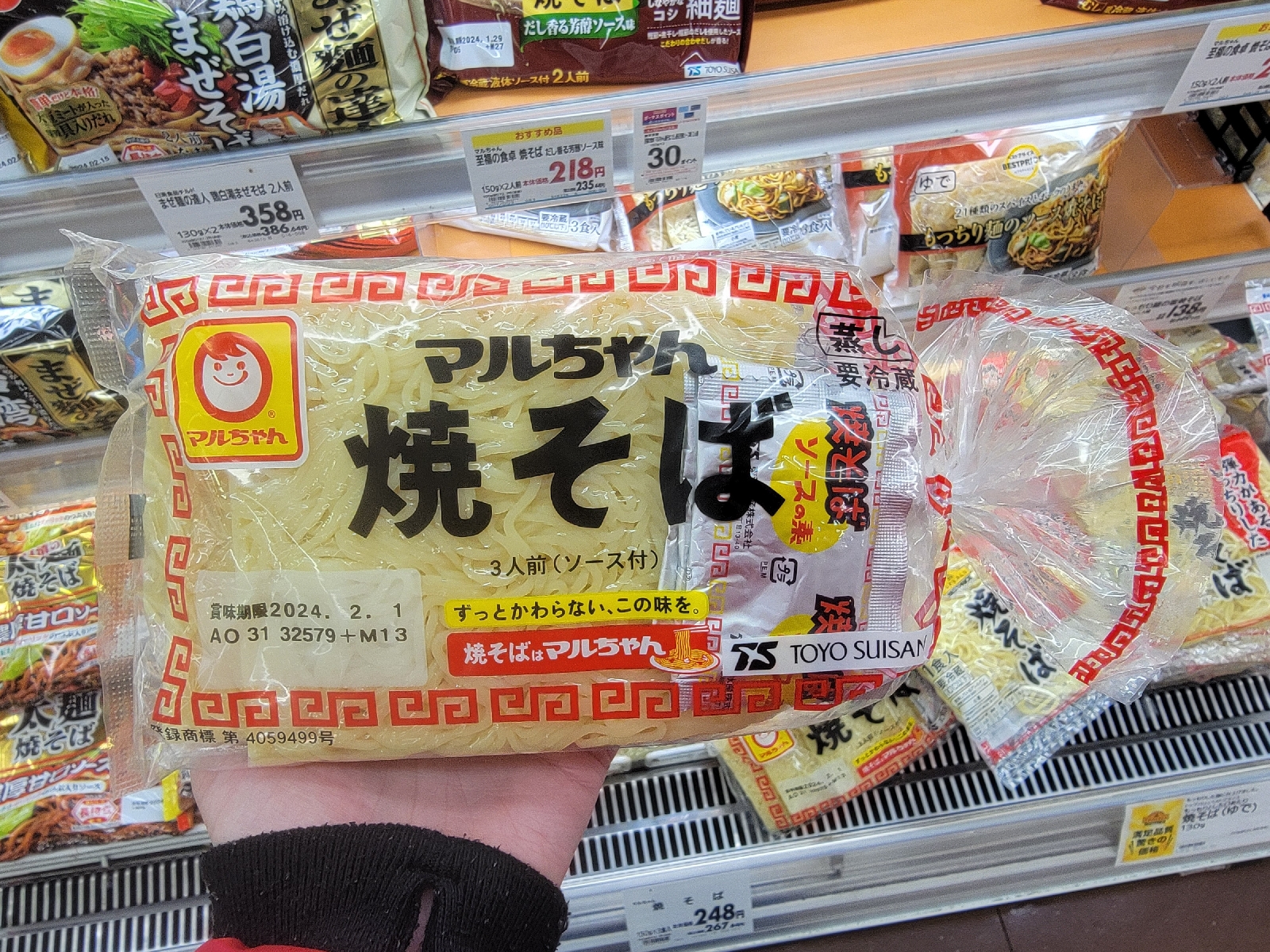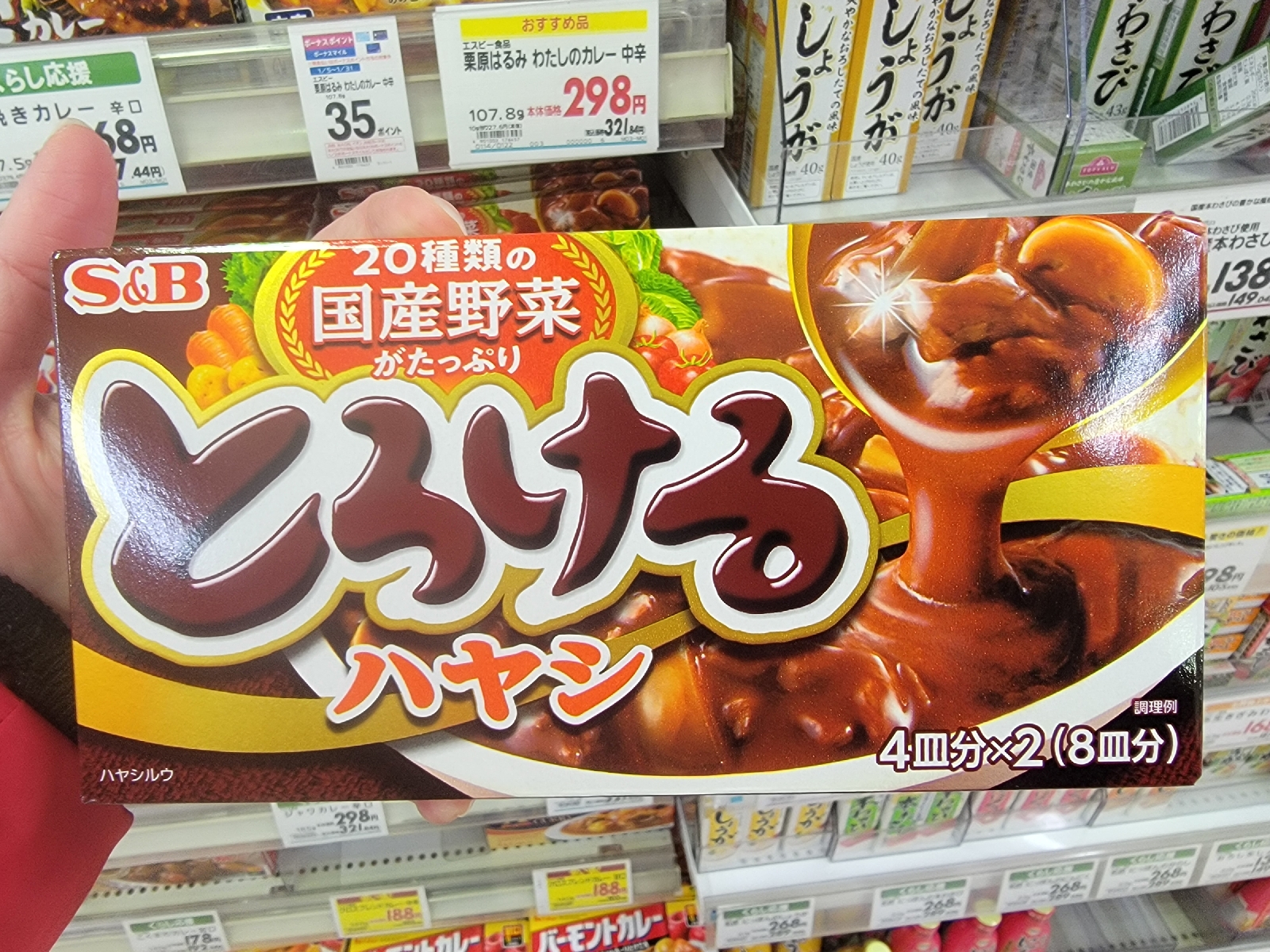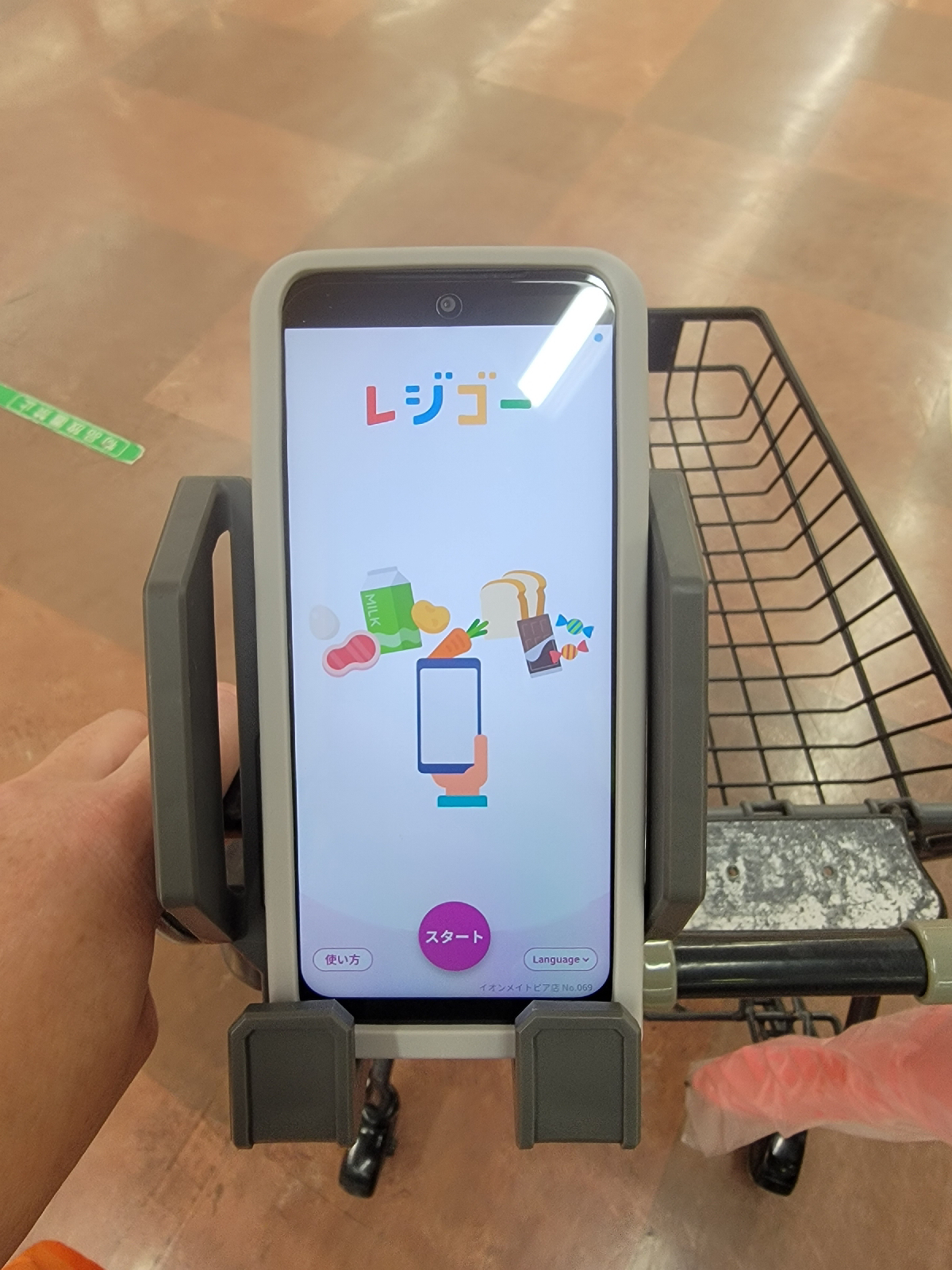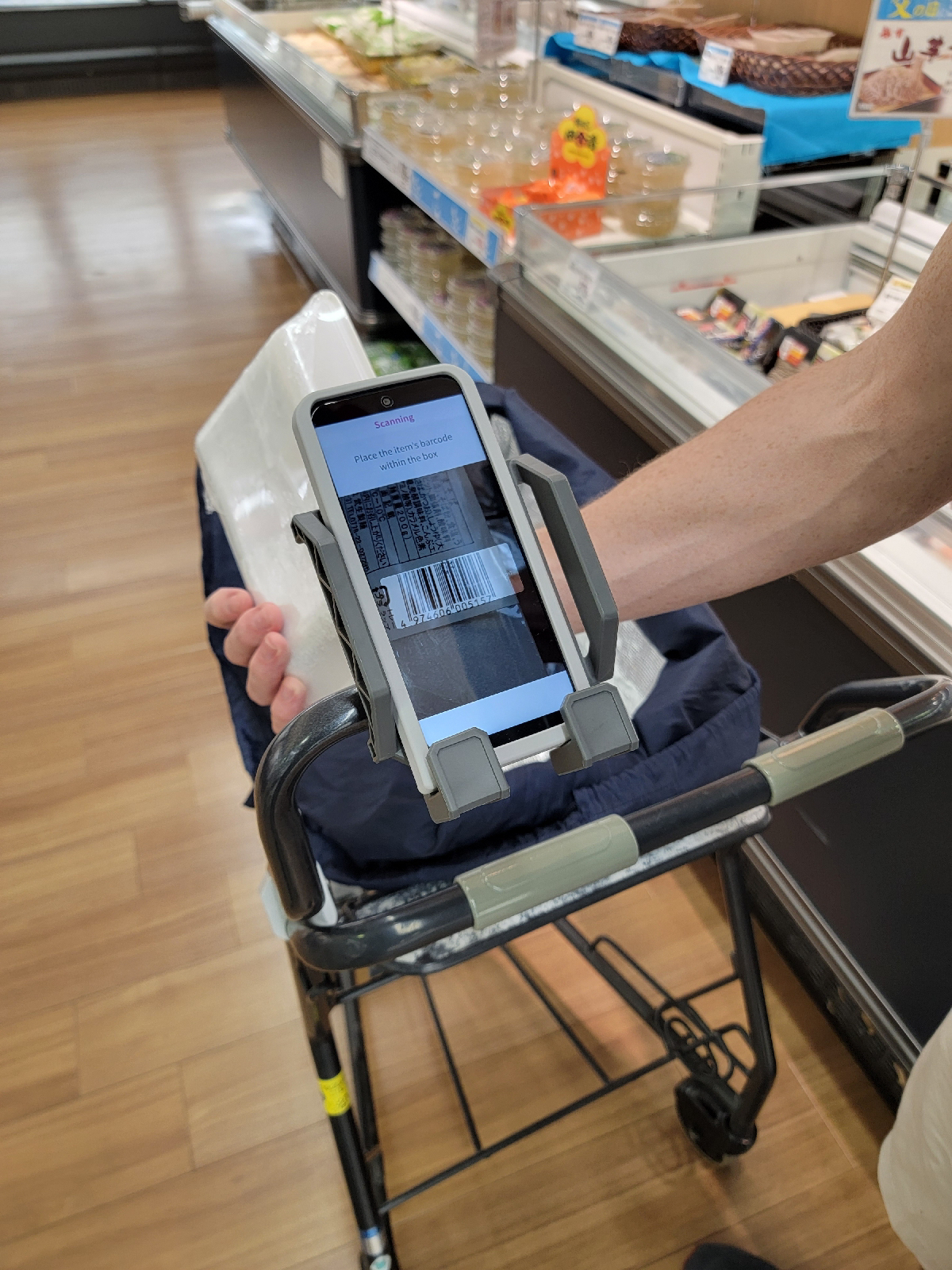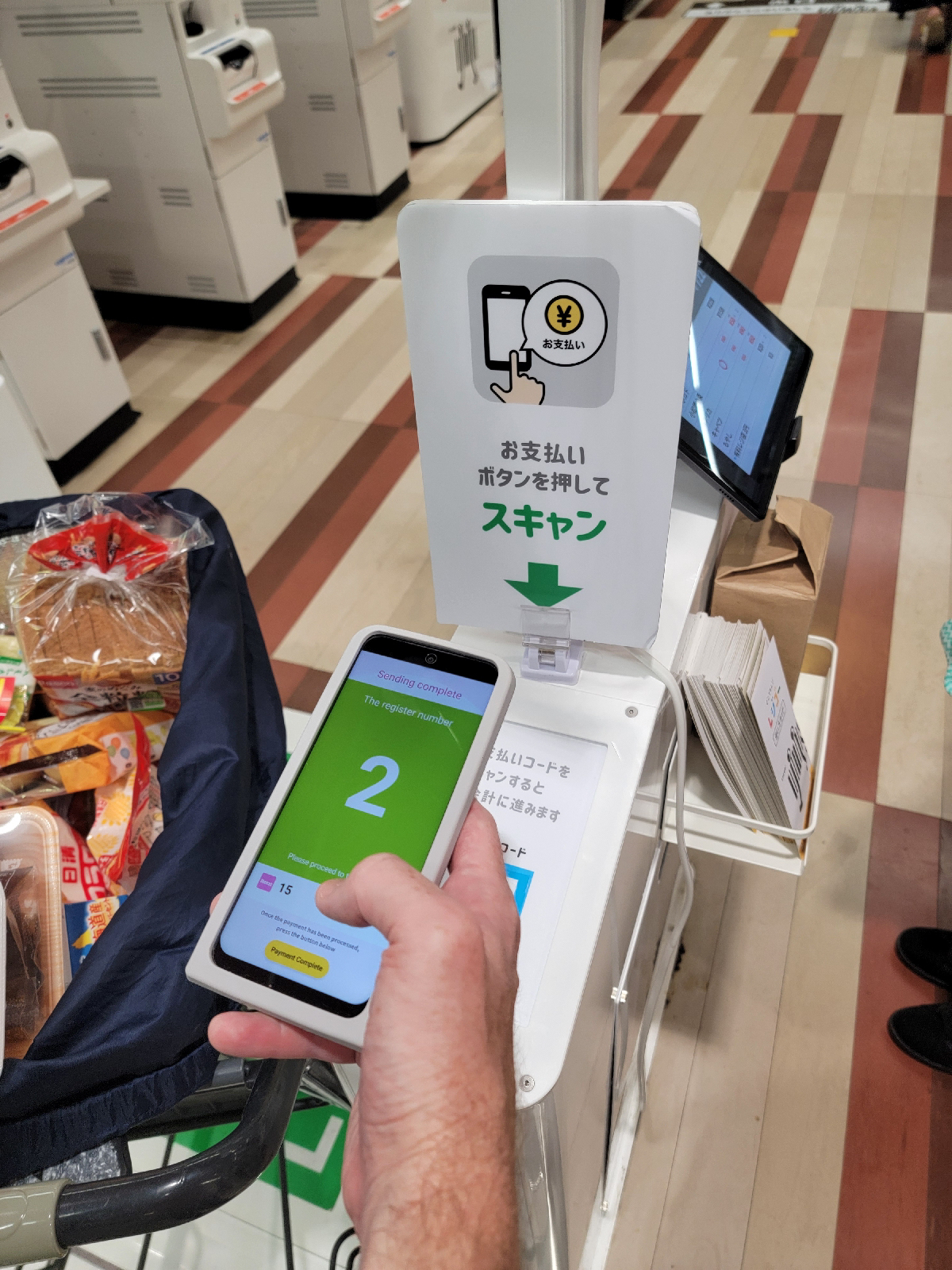One of my friends asked me to share easy Japanese cooking, so here it is! I have bought all of these in Asian markets in the States. They will look exactly like these, but will have names written in English. I have bought at Mitsuwa (Japanese), 99 Ranch (Chinese), and H-Mart (Korean) markets. There should be directions in English, but I will give you a brief overview.
***Be sure to read the directions on the packaging with regards to measurements and cook times. I am in no way a professional cook and do not intend this to be your only source of directions. ***
Yaki Soba - a savory noodle dish, often eaten at festivals. Can be found in the refrigerator section, one bag (three noodle and three powdered sauce packets makes 3 - 4 servings.
You will need:
-The above noodle and sauce packets from Maruchan
-2 boneless skinless chicken breasts (or cut of your choice) - cubed
-1/4-1/2 head of cabbage - chopped
-2 or 3 large carrots cut into coins
-any other vegetables you like!
Directions:
1. Brown chicken, set aside.
2. While chicken is cooking, steam or boil vegetables, set aside.
3. In a pan, put some water and noodles. Heat to loosen.
4. When noodles are loose, add chicken, veggies, and sauce packets. Toss to coat. Enjoy!!!
Japanese Style Curry - one box makes 10 servings. It's a very common dish in Japan. Found in the sauces aisle, with other boxed sauces (including Hayashi Rice). It can be bought in varying spice levels. The one pictured is what a boy, a medium spice level.
What you will need:
-The above S&B curry sauce box
-2 boneless skinless chicken breasts (or cut of your choice) - cubed
-2 or 3 large potatoes - cubed
-2 or 3 large carrots cut into coins
-2 or 3 onions - diced
-any other veggie of your choice
- rice, Japanese people use short grain rice, but medium CalRose was my go -to in the States
Directions:
1. Prepare rice in cooker or on stove top.
2. Brown chicken.
3. While chicken is cooking, boil vegetables.
4. Drain veggies and combine with chicken in a large pot. Measure water according to directions on box, as this will make the sauce.
5. Follow directions on box with regards to when to add sauce cubes, and let simmer for time indicated on the box.
6. Serve with (or on!) rice. Enjoy!!!
Hayashi Rice - one box makes 8 servings. Comfort food in Japan, it is a brown gravy with meat and veggies. Found in the sauces aisle, with other boxed sauces (including curry).
What you will need:
-The above S&B Hayashi Rice sauce box
-2 or 3 onions - diced
-thinly sliced beef, cut into bite sized pieces
-sliced mushrooms, or other desired veggies (optional)
- rice, Japanese people use short grain rice, but medium grain CalRose was my go - to in the States
Directions:
1. Prepare rice in cooker or on stove top.
2. Separately Brown meat and onions.
3. When both are cooked through, combine and add amount of water indicated on the box. Let simmer to thicken.
4. Serve with (or on!) rice. Enjoy!!!
Let me know if you decide to try any of these and how you liked it!!!
















